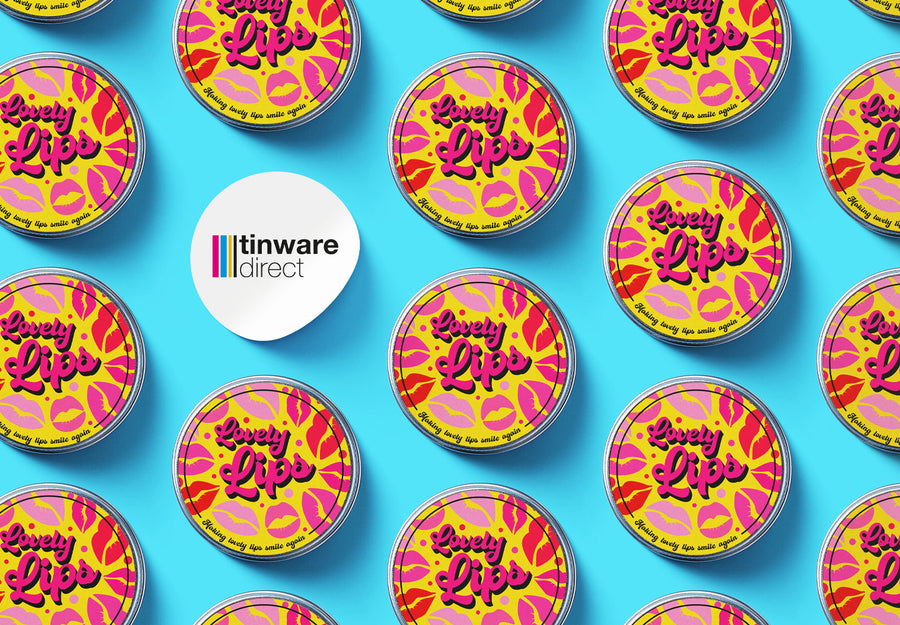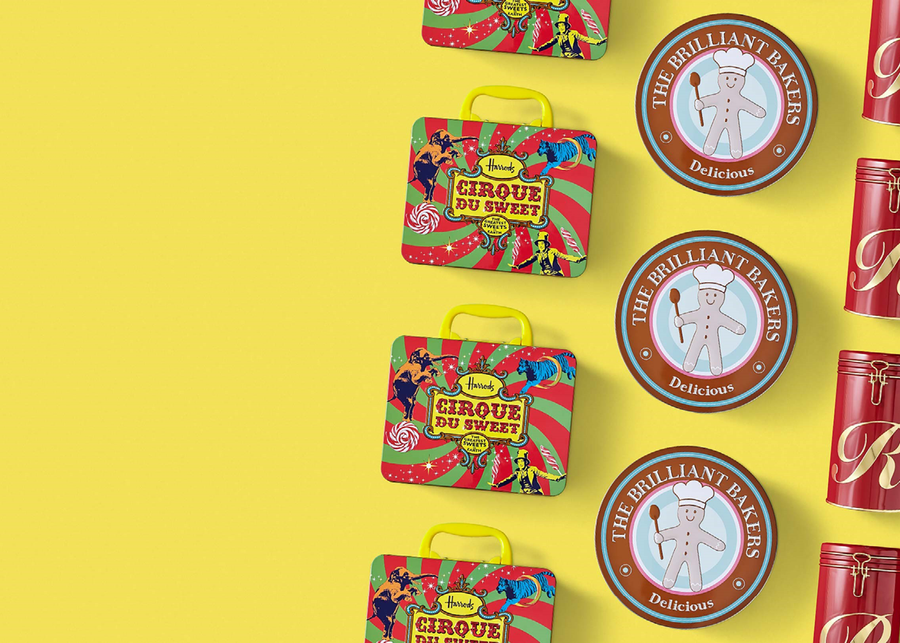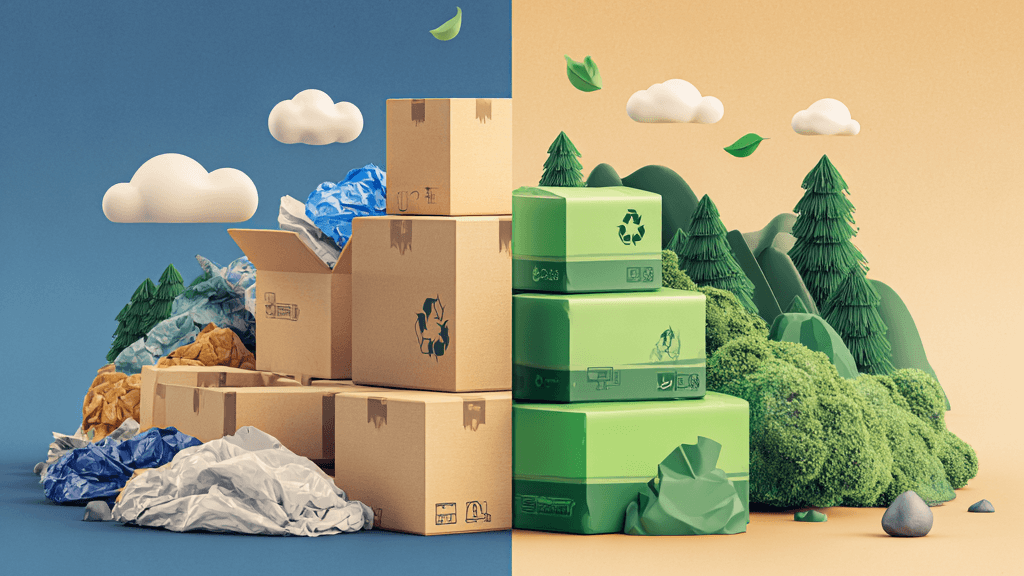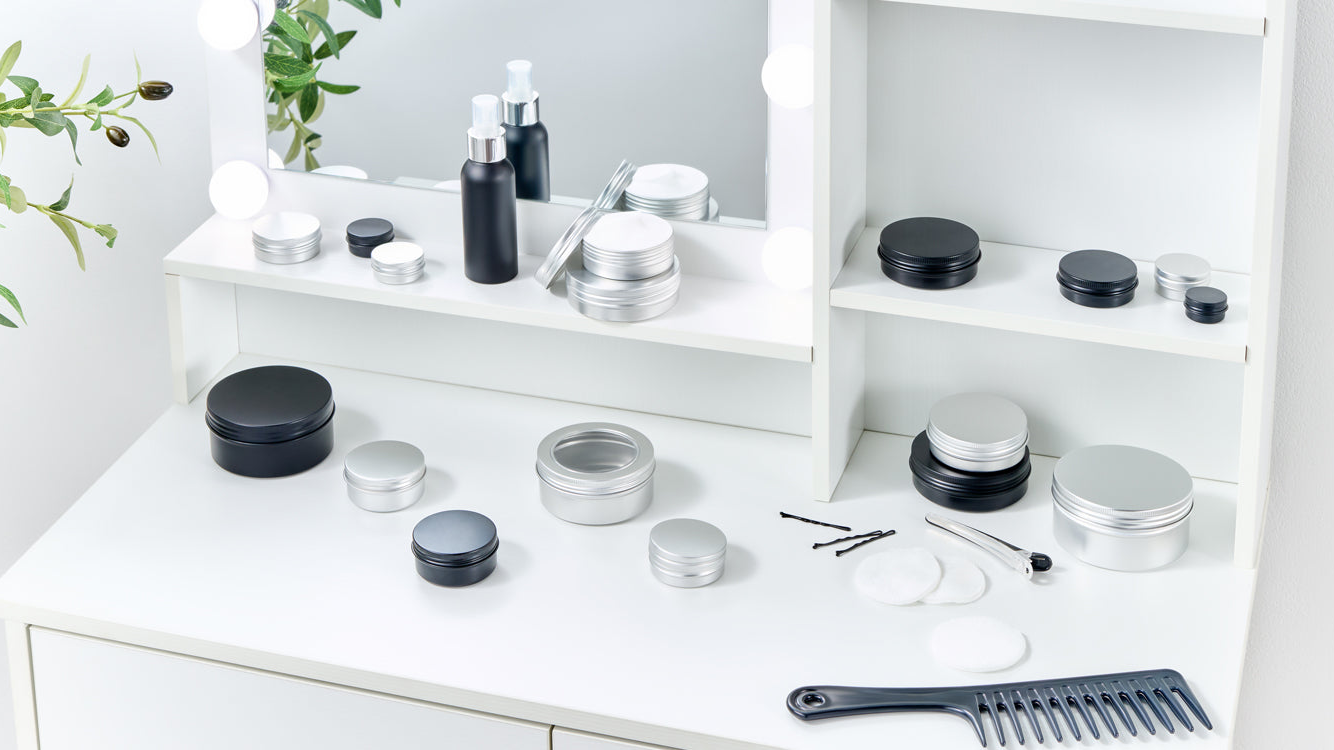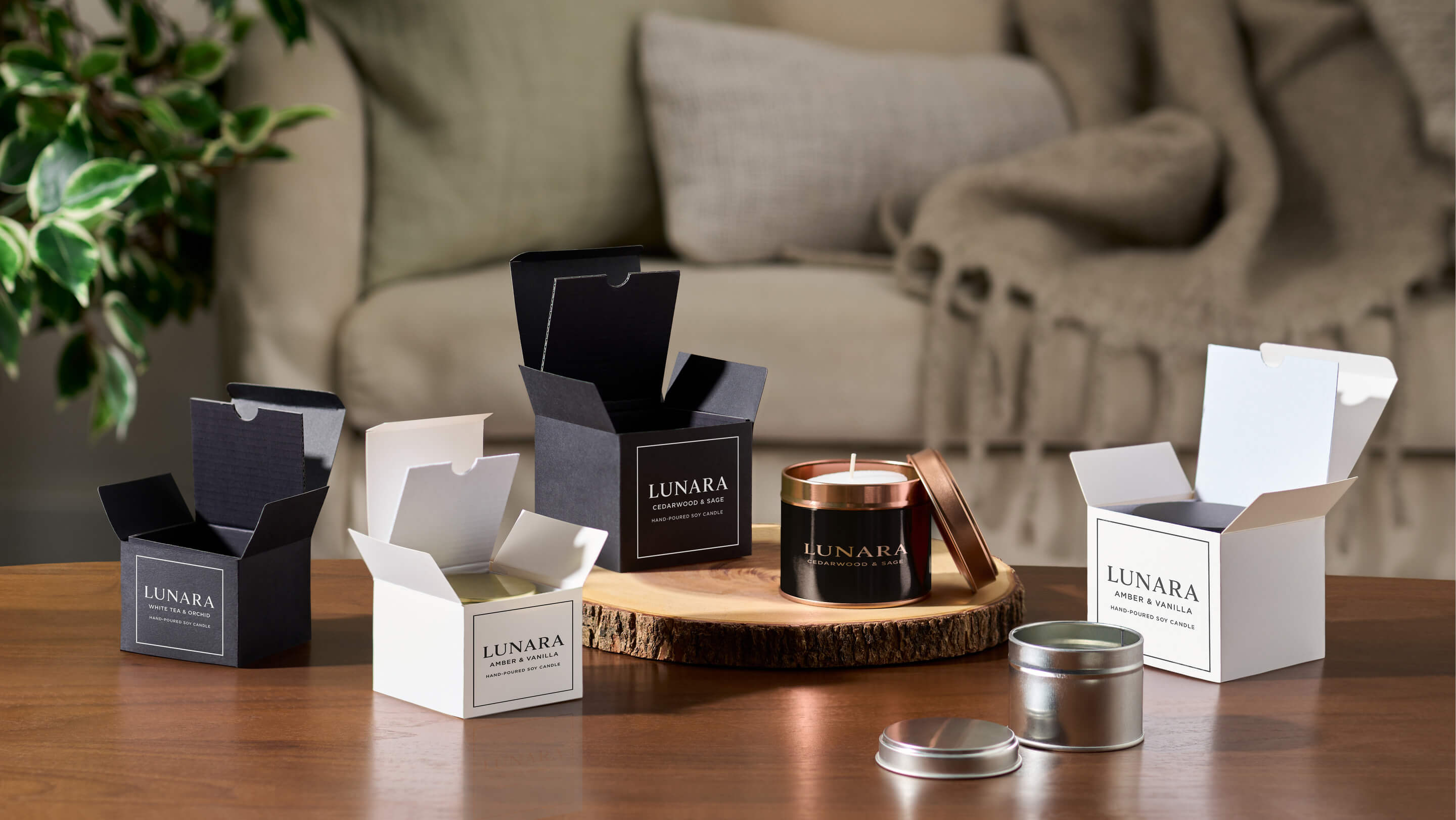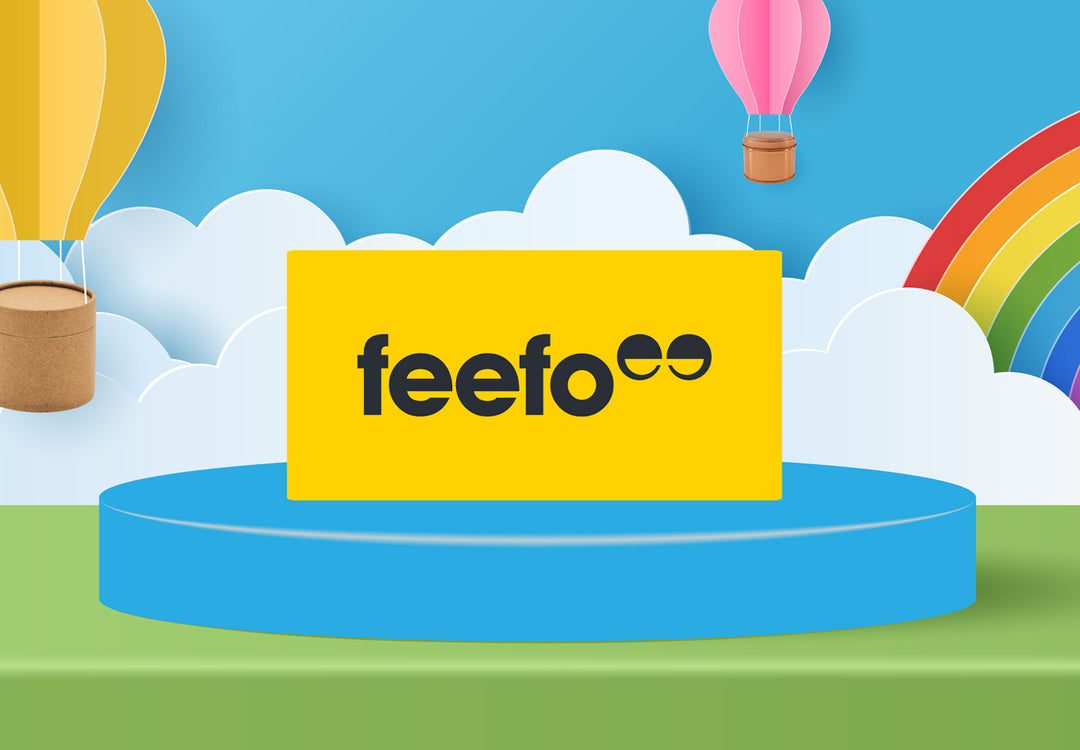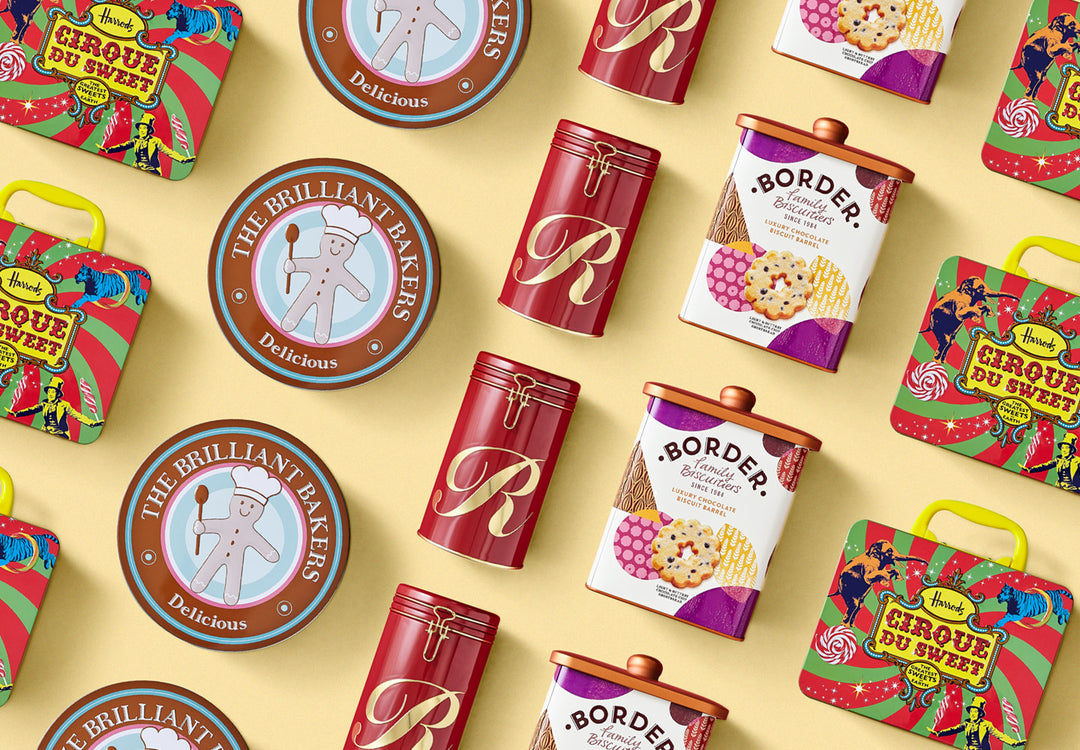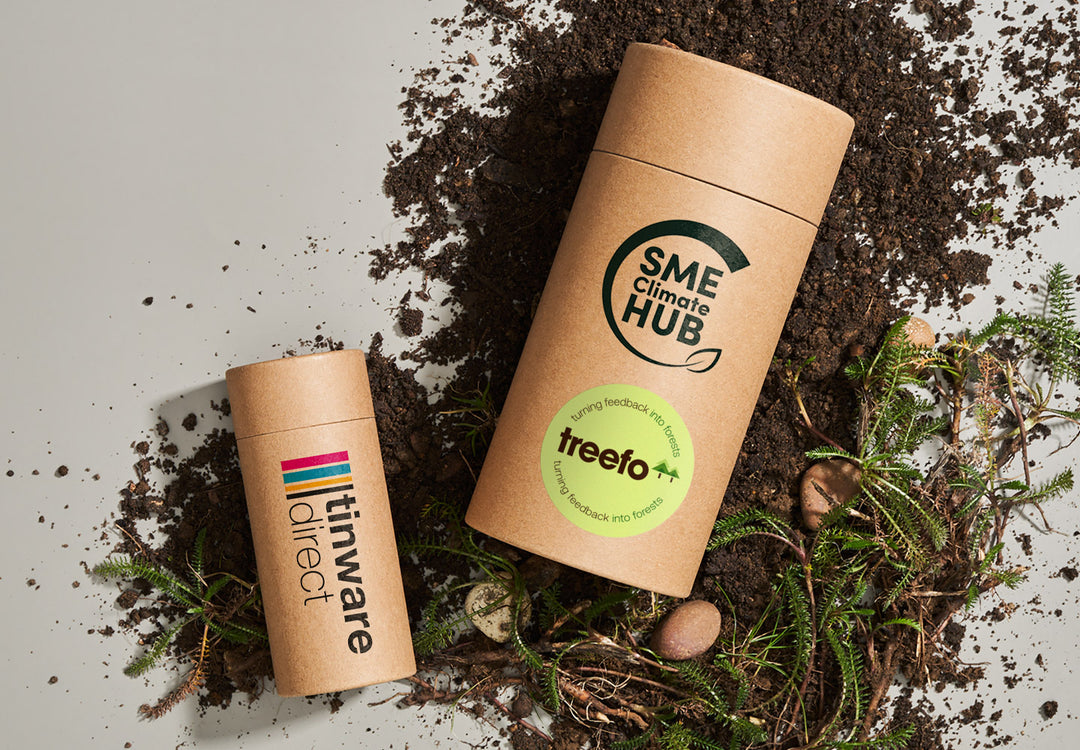Sustainable Packaging… What Is It?
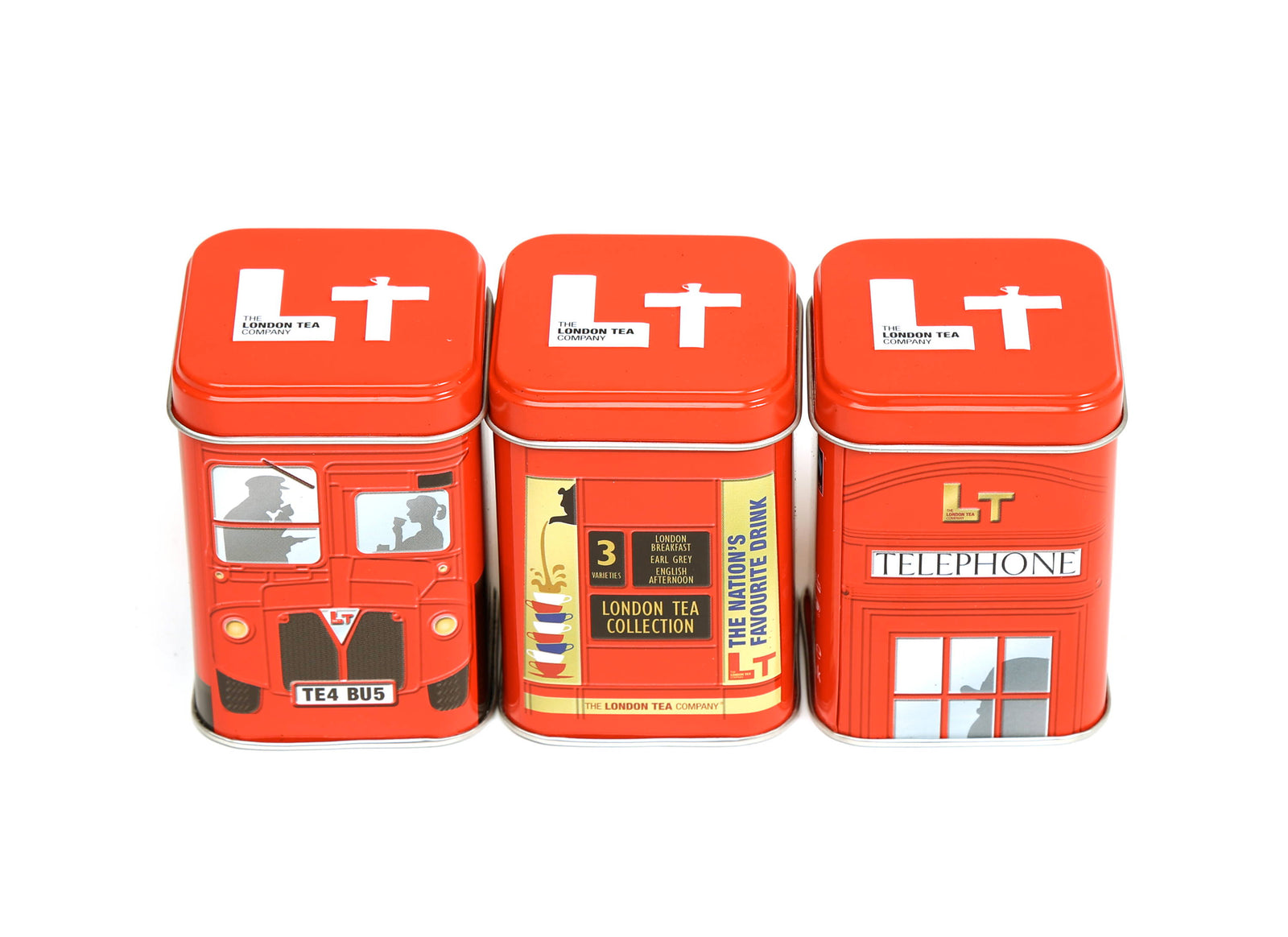
A quarter of all domestic waste is packaging, most of this being food packaging. Certain materials can be difficult, or near enough impossible to recycle. Whether it be plastic which is contaminated with food, or several material layers that have been laminated together (e.g. card and plastic). With this comes disapproving consumers who are reaching for eco-friendly alternatives.
‘Sustainable’ packaging is always highlighted as a key contributing factor for deciding packaging materials. But what does it actually mean?
The Definition(s)
The terminology of ‘sustainable’ has evolved over time, not only is it just focusing on recycling, but it’s understanding the entire life cycle of a package (by having an approach that considers the full environmental impact, from raw materials all the way through to disposal).
Wikipedia defines the terms as “the development and use of packaging which results in improved sustainability. This involves increased use of life cycle inventory (LCI) and life cycle assessment (LCA) to help guide the use of packaging which reduces the environmental impact and ecological footprint. It includes a look at the whole of the supply chain: from basic function, to marketing and then through to end of life (LCA) and rebirth.”
From deciphering Wikipedia’s definition and undertaking further research, we can understand that sustainable packaging:
- Is healthy and safe for individuals throughout its life cycle
- Is designed to optimise materials and energy
- Meets market criteria for both performance and cost
- Optimises the use of renewable/recycled materials
- Is sourced, manufactured, transported and recycled using renewable energy
- Is manufactured using best practices
- Is made from materials healthy in all probable end of life scenarios.
Marketing Plays a Role Too
Switching to a sustainable packaged product makes obvious business sense, but it shouldn’t stop there. Use marketing and PR to actually tell the sustainable brand story and run campaigns to raise awareness about how to reuse or recycle the chosen material.
Tin Packaging and its Main Sustainable Factors
Tin packaging is ethically sourced, safe, clean and non-toxic making it a popular packaging material for everything from food to cosmetics. Metal materials are also exceptionally durable, earning consumer trust as a result of its achieved perceived quality.
Tin packaging also recycles forever without loss of quality. However most tins are collected, displayed or refilled around the home, thus effectively utilising the material beyond its initial purpose.
Did you know that metal packaging is the most recycled packaging? The metal packaging sector continues to improve its recycling rates and is on track to reach the objective of 80% recycling in Europe by 2020.
